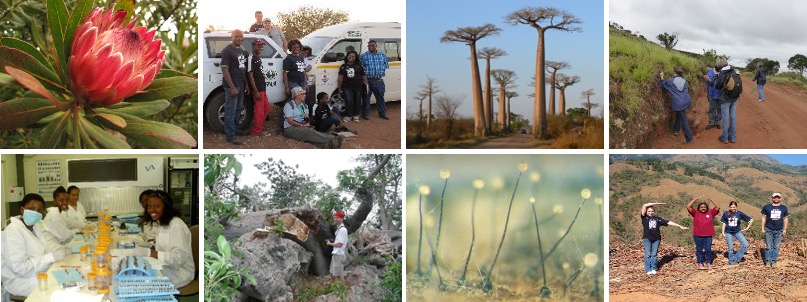
The DSI-NRF Centre of Excellence in Plant Health Biotechnology (CPHB, previously the CTHB) promotes the health of plants and trees. Research conducted under the umbrella of this Centre address some of the burning national challenges (particularly in terms of food security, sustainable use of natural resources, and economic growth), while at the same time building human capacity in these important arenas. The vision of the Centre is to utilize world-class scientific research and biotechnology for (i) promoting the long-term health and sustainable use of socioeconomically important plants, including trees and (ii) facilitating inclusive postgraduate education. In doing so, the CPHB would contribute to the protection of food and plant resources in South Africa (and to some extent Africa), as well as develop human capacity in this important field.
The CPHB is intimately linked to the Tree Protection Cooperative Programme (TPCP), a research programme that has a track record of more than two decades in dealing with the pests and diseases of commercially important forestry species.
The CPHB is structured as a virtual Centre of Excellence that conducts scientific research via a collaborative network, with the node of the network represented by researchers at UP. In addition to the UP group, this network involves researchers and their postgraduate students from other Higher Education Institutions in South Africa.
Contact information
Director of the CPHB: Prof Emma Steenkamp
Program manager of the CPHB: Prof Martin Coetzee
CHPB Administrator: Ms Heidi Fysh


